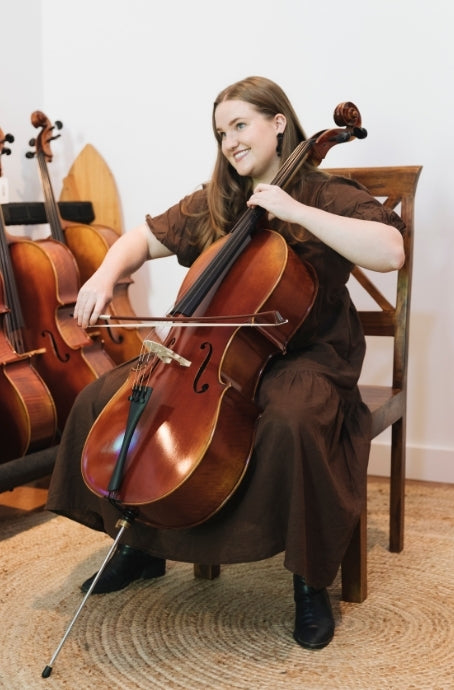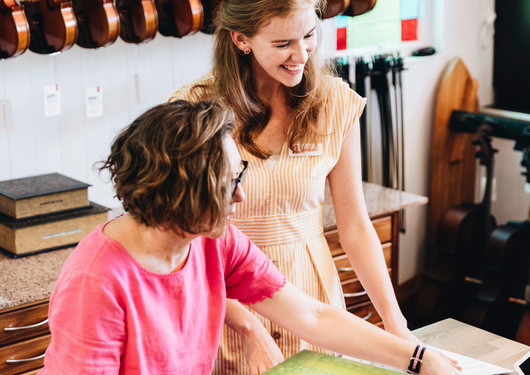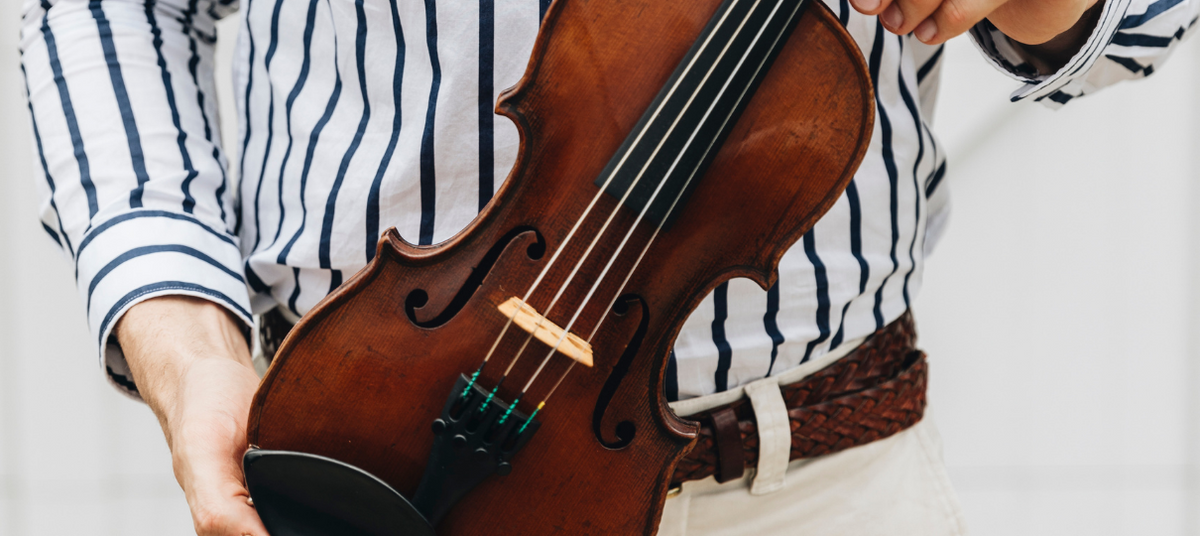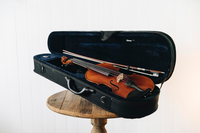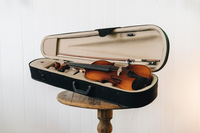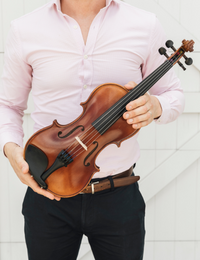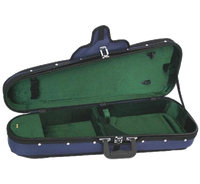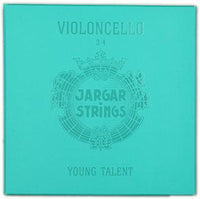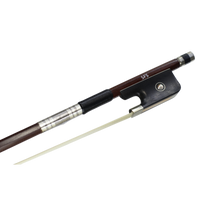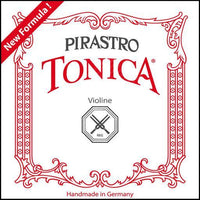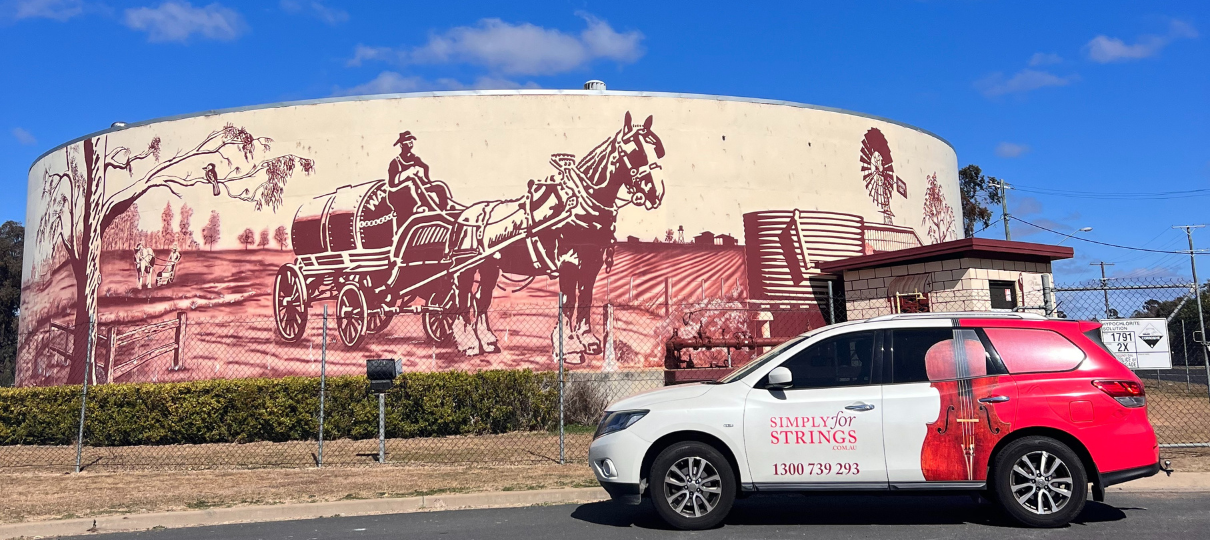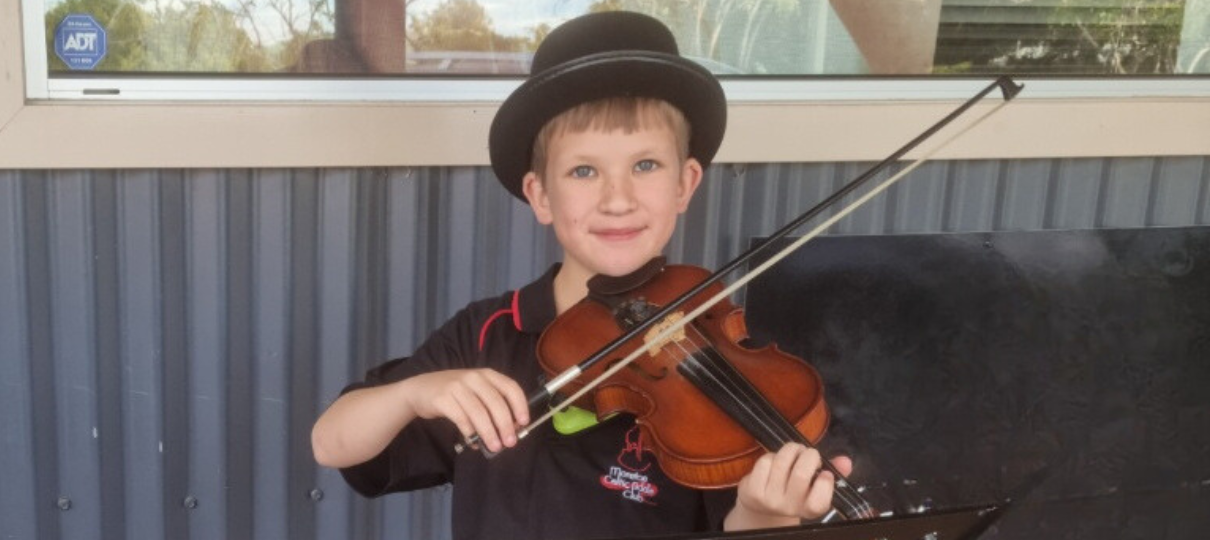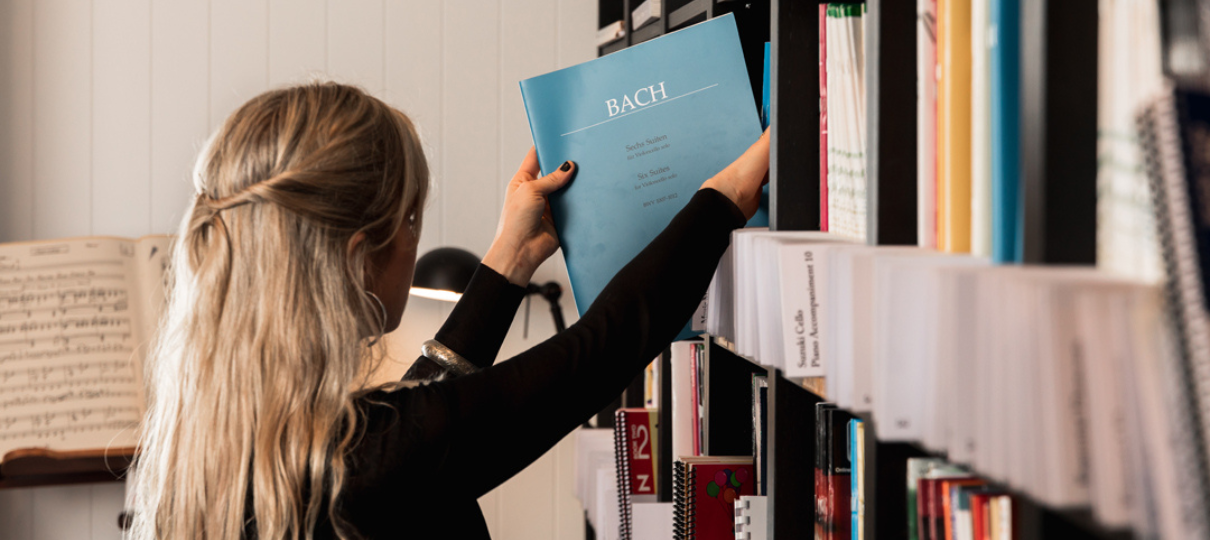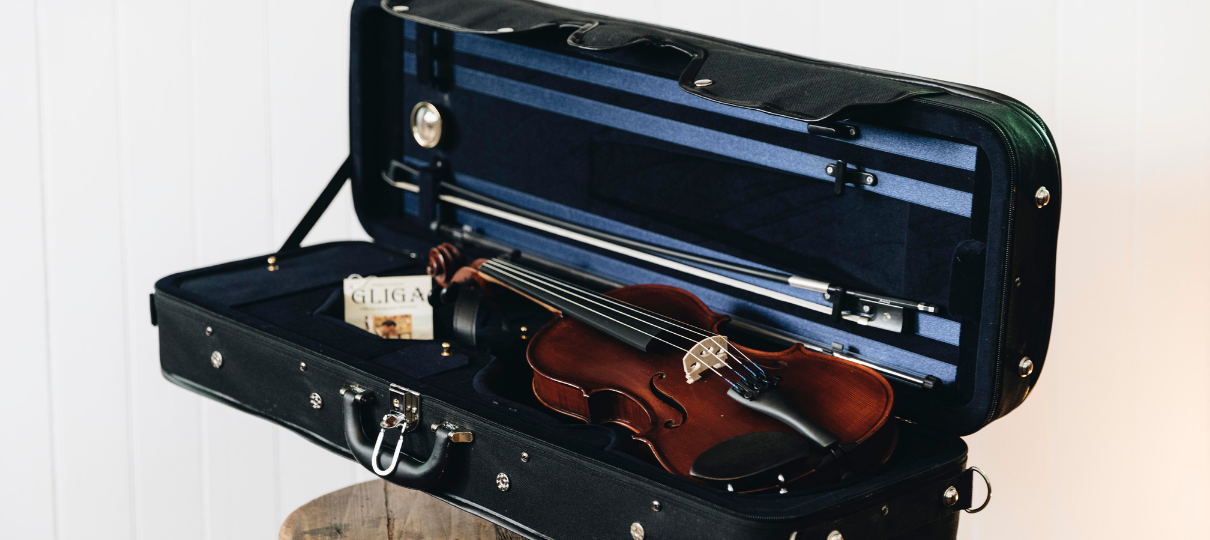Your child has expressed an interest in learning to play the violin, viola or cello, and of course, you’re keen to encourage their interest in music! After doing some research online, however, you’ve learned that new instruments can be quite pricey. It doesn’t help that you really don’t know how long your child’s interest in playing is going to last, so you think it’s probably best to start with a second-hand instrument. We take a look at the do’s and don’ts when it comes to second-hand instruments so you can avoid any hiccups and make your dollar stretch as far as possible.
Simply for Strings stocks a wide range of pre-loved second-hand violins, violas and cellos. Stock availability fluctuates throughout the year, as second-hand instruments are always sought after. For the latest availability, get in touch with our friendly team of musicians today. Prices start from just $290 for a complete second-hand violin outfit.
While doing our part to reduce waste, we want to offer the same experience to our community as that of buying a new instrument. All of our preloved second-hand instruments have been fully reconditioned prior to sale. Each instrument has a different story, a different colour, a different grain, a different scratch, a unique and individual sound. They also come complete with our professional setup and a six-month guarantee so you can feel confident when purchasing a second-hand instrument from us.
If you’re looking for a second-hand instrument but aren’t really sure where to start, talk to us today. You can even visit us in-store and try some out for yourself!
The benefits of buying second-hand
There are some great reasons to buy a second-hand instrument when you’re just starting out.
- Save money: Second-hand student instruments are more affordable and you may end up saving around a third of the cost of a new instrument.
- Eco-friendly: it does the world of good for our planet to re-use and recycle - and it’s certainly not limited to clothes. Quality string instruments can be used and enjoyed by multiple owners for years.
- Better quality for less: You may be able to find a used violin from a better brand for less than the cost of a new, but less superior, model.
- Better sound: As the wood that makes up an instrument ages, the playing sound becomes more mellow. If the instrument is in good condition, you may end up with an instrument that sounds better than its newer counterpart.
- Cheaper to upgrade: If your child is starting to learn at a young age, they’ll probably outgrow their instrument much more quickly than a teenager would. This can start to get expensive, so buying a used instrument can help deflect some of the upgrading costs.
- Less commitment: If your child feels that playing the violin, viola or cello isn’t for them, you won’t have forked out hundreds (or even thousands!) of dollars for an instrument that is just going to sit at the back of their closet.
Read what to expect when your child starts music lessons.

What to watch out for:
Buying a second-hand instrument can have some pitfalls too – especially if you don’t have much experiencing with buying instruments. However, these can be avoided if you don’t rush into a purchase and keep the following points in mind:
- Make sure that the instrument has a warranty or guarantee: This will protect you against any defects in the timber or structural issues caused in the manufacturing process.
- Inspect the instrument before you purchase it: Look out for any major damage that the instrument may have sustained from its previous owners, e.g. cracks or warping of the timber. Also, make sure that all of the individual parts of the instrument are in good condition. You want to avoid purchasing a second-hand instrument that requires serious repairs in order to make it playable.
Read why your bridge must be hand-carved.
- Check for new strings: Strings will only last around 6-12 months so make sure they’ve put new strings on it for an optimum playing sound.
- Don’t forget the bow: You shouldn’t have to buy a bow separately, but make sure you check the quality of the included bow to make sure that it still has some playing left in it.
- Brand is important: When going with the second-hand option, make sure you’re buying a violin from the student range of a well-known brand. You can also talk to the team here at Simply for Strings to find out the approximate value of a particular used instrument to make sure it’s not overpriced.
- Get the whole package: Make sure that you do not have to fork out for extras like a case and bow. You should look for a second-hand student instrument that comes in an outfit, rather than making individual purchases that push up the price.
- The seller must be licensed!: Make sure that the seller has a current second-hand dealers license. This will ensure that you are protected by all applicable consumer guarantees for second-hand goods in your state.
Remember, if your child takes care of their instrument, then you may be able to resell or trade it in when it’s time to upgrade to a bigger violin or require a better quality instrument for an intermediate player. Teaching your child how to care for their instrument will not only boost their respect for the craft, but it will give you a better trade-in value in the long term.
Read our ultimate care and guide maintenance guide.
We hope you’ve found this buyer’s guide helpful. To see our selection of second-hand instruments in person, book an appointment today.





